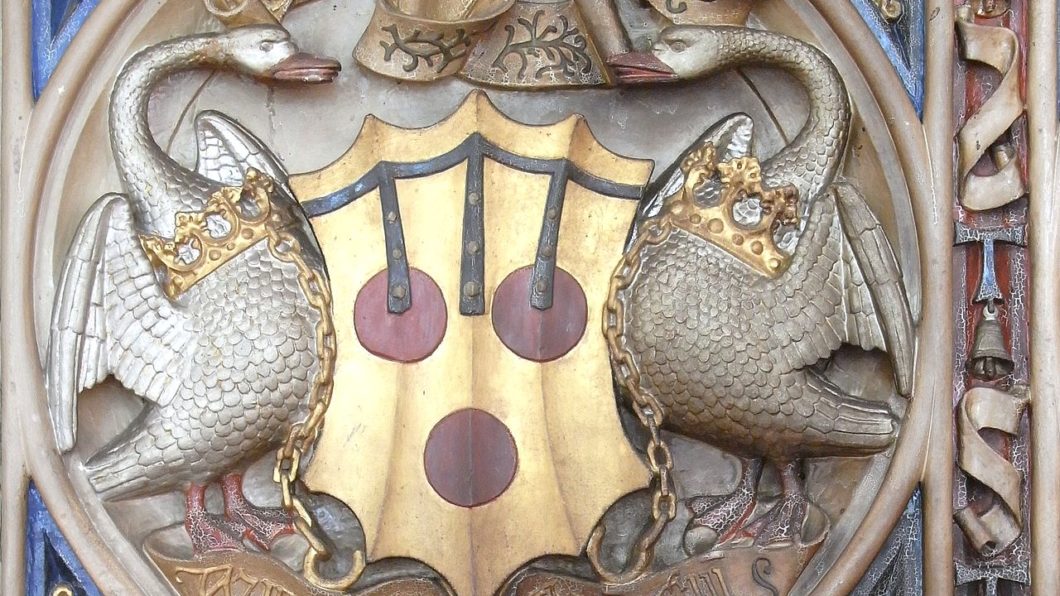
On Stanton, Robert. “Mimicry, Subjectivity, and the Embodied Voice in Anglo-Saxon Bird Riddles.” Voice and Voicelessness in Medieval Europe, ed. Irit Ruth Kleiman. New York, Palgrave, 2015.
Stanton treats the bird riddles of Anglo-Saxon England as “a rich field in which to explore the nature, operation, and function of voice as a fundamental aspect of language” (29). In his animal studies-focused chapter within the edited volume Voice and Voicelessness in Medieval Europe, Stanton “explores the relationship between natural, instinctive utterance, and conventional, institutionally meaningful signification, from their roots in classical language theory to their role in creating complex and ambiguous possibilities for the reception of Old English enigmatic poetry” (30). Stanton argues that within these riddles, the animal narrators are aware of their roles, interrogating the boundaries between articulate/inarticulate sounds and rational/irrational animals. Anglo-Saxon riddlers gave their nonhuman subjects voices by portraying them as meditating on, even boasting of, their faculties, their speech infused with concepts and vocabulary from classical debates (40). Like Erwin, Stanton focuses on interspecies communication showing that not all medieval authors aimed to disempower, but rather to empower their animal subjects, by depicting them with a voice/agency. Not only in the fantastical genre of romance, but also in the philosophical and logical/rational genre of the riddle, medieval authors depicted animals with agency and power, through voice.

